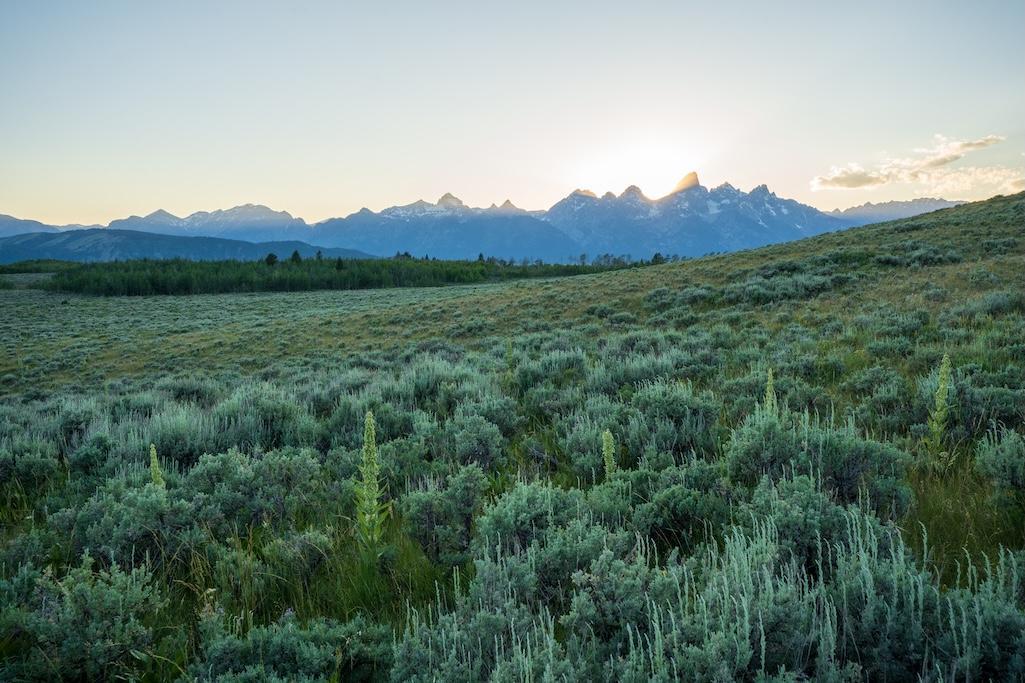
The Yosemite Conservancy provided $20 million to help the National Park Service restore the Mariposa Grove of Sequoias at Yosemite National Park. It is just one example of the vital role friends groups and cooperating associations provide parks/NPS file
It's a well-worn statement that national park friends groups and cooperating associations provide the "margin of excellence" for the parks they support, but the Trump administration's hiring freeze and intentions to cut the federal workforce have raised concerns that they'll be asked to provide more support with less return.
Over the years, as National Park Service funding has either declined or stayed flat while park visitation continued to grow, some of these organizations have worked hard, and arguably above expectations, to benefit their parks.
The levels of extraordinary support have widely ranged, from the millions of dollars the Yosemite Conservancy provided to help restore the Mariposa Grove in Yosemite National Park and the millions the Grand Teton National Park Foundation raised not only to help rehabilitate the Jenny Lake area of Grand Teton National Park but also to acquire privately held inholdings that might overwise been developed, to Friends of Apostle Islands National Lakeshore that has provided bear boxes, helped restore historic structures, and even purchased toilet paper for restrooms at Apostle Islands National Lakeshore.
But the steps taken so far by the Trump administration to halt not only the hiring for permanent positions within the Park Service but also freeze for the time being the hiring of an estimated 7,000-9,000 seasonal workers threatens to deprive the nonprofit friends groups and cooperating associations of revenues that not only keep them alive but which also are funneled back into the parks they support.
"I know there's a fair number of groups that are thinking about how they can potentially fill in the gaps, particularly around the seasonal issue as we approach summer," said Katie Nyberg, the new executive director of the Friends Alliance, a confederation of organizations that work in support of parks.
At the same time, she continued during a phone conversation Friday, many groups believe it's the federal government's responsibility to properly fund the Park Service. "They see a downside potentially either to replace seasonal park rangers with their own staff or with volunteers. You know, there's an argument to be made about whether that erodes the National Park Service itself and the value of a National Park Service ranger," Nyberg said.

The Grand Teton National Park Foundation raised more than $37 million to help the National Park Service acquire 640 privately owned acres within Grand Teton National Park's boundaries/NPS file
So concerned are groups that work to support the parks and other public lands that the Public Lands Alliance (PLA), which has worked since 1977 to support nonprofit groups working on behalf of public lands, wrote a letter to acting-Park Service Director Jessica Bowron to express concern over the current situation.
Job cuts placed on parks jeopardize the operation of visitor centers and other park facilities through which some nonprofit organizations sell items to support both their operations and the parks, wrote Dan Puskar, president and CEO of the group, in the letter sent January 31.
"The loss [of seasonal rangers] will undoubtedly shrink the net revenues of cooperating associations due to diminishing retail sales and Checkout Counter Donation Program gifts. Such losses will decrease critical aid to the NPS that support park educational, scientific, historical and interpretive programs," he wrote. "PLA has heard directly from several member organizations who operate at parks impacted by last week’s rescissions and are worried about the potential negative outcomes. For one member, shortened visitor center hours would cost them an average of $3,200 a day from April through October and more than $600,000 for the season. Their budgeted aid-to-NPS this year alone is roughly $1.7 million."
Puskar said his group would like to meet with Bowron "to discuss how the seasonal workforce impacts the health and vitality of NPS partnerships with nonprofit organizations. We are also interested in learning more about how the NPS is assessing the downstream impacts of reducing the seasonal workforce, and especially how the impacts to nonprofit partners are calculated."
Back at the Friends Alliance, Nyberg said that "one thing that all of the groups are really thinking about is, how do we make sure that our federal government and our elected officials understand what the impacts will be?"
Nyberg acknowledged the traditional role friends groups have served, to provide the "frosting for the top of the cake," in this case national parks, but stressed that "friends groups have been providing a lot of cake over the last number of years. And I don't think that's necessarily a bad thing. But this idea that we're just providing the frosting on the cake, I think, is something that has not been a reality for a long time."

 Support Essential Coverage of Essential Places
Support Essential Coverage of Essential Places






